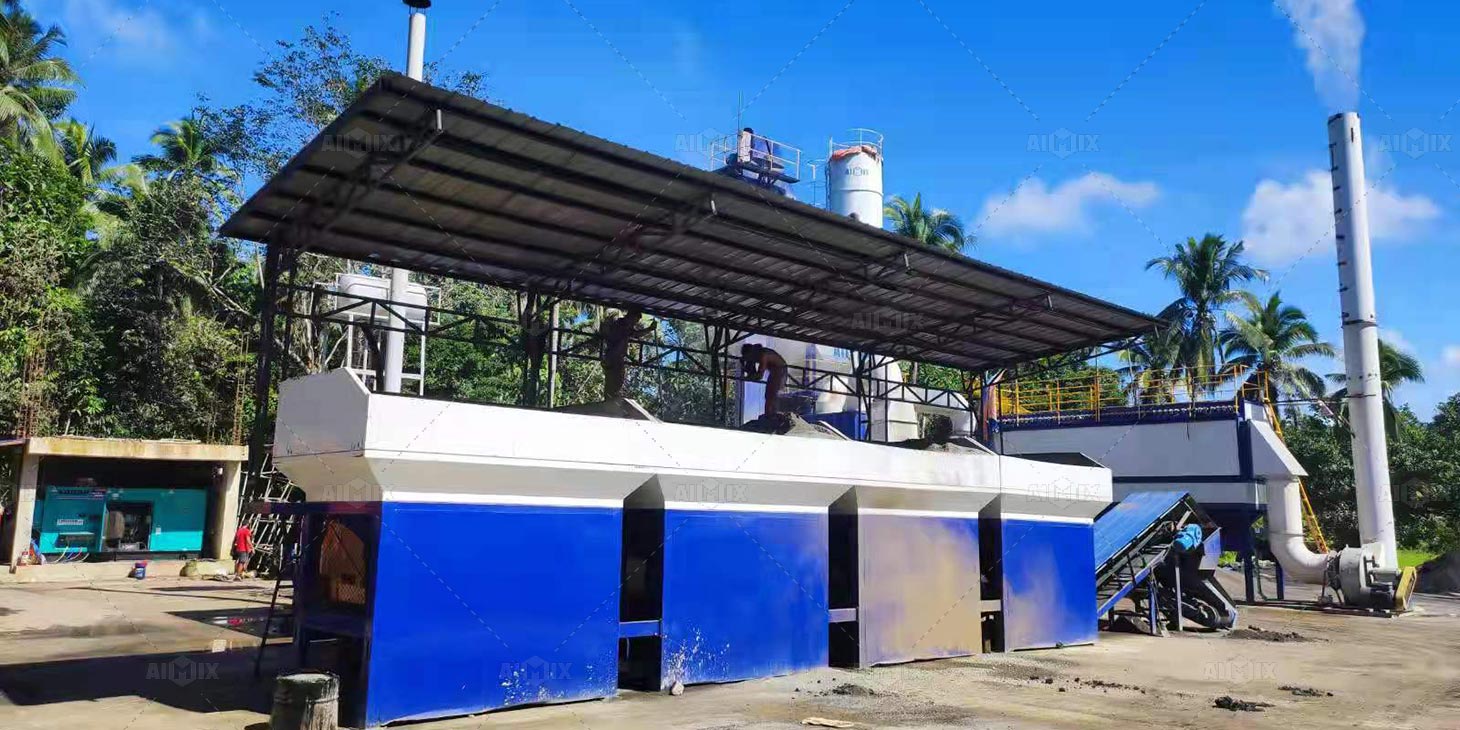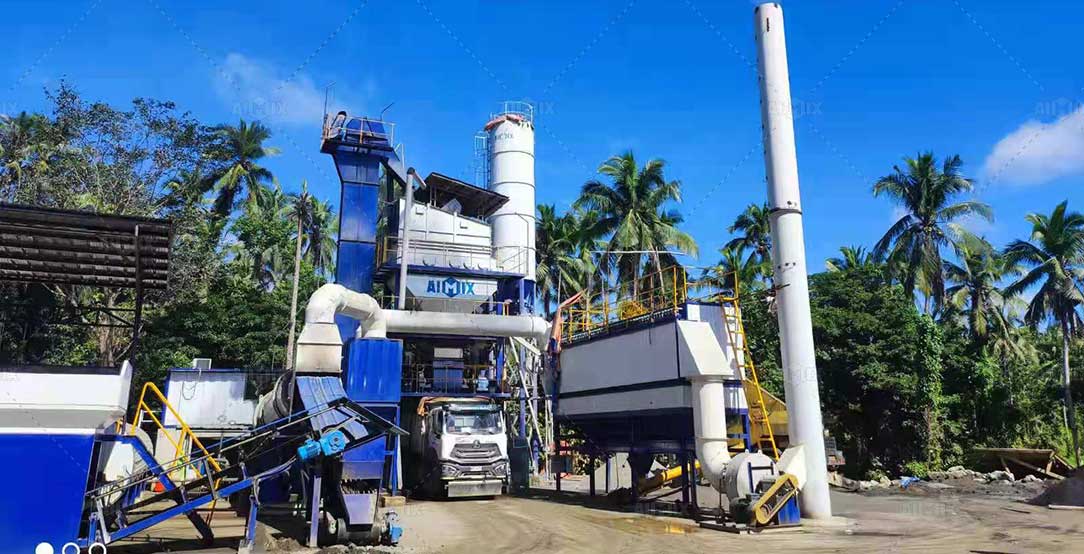Effective maintenance of the dust collector in asphalt mixer plants is crucial for sustained performance and environmental compliance. Let’s delve into the key aspects of mastering this maintenance for a seamless and responsible asphalt production process.
The Heart of Efficiency: Understanding Dust Collector Systems
The dust collector serves as the unsung hero in an asphalt mixer plant, responsible for capturing and filtering airborne particles generated during the mixing process. A comprehensive understanding of its components and functions of dust collector in hot mix plant lays the foundation for successful maintenance.
1. Inner Workings of Dust Collector Components
Filter Media Inspection
Regularly inspect the filter media for any signs of wear, tear, or clogging. Damaged filter media can compromise efficiency, leading to increased emissions and reduced air quality. Replace or clean filters promptly to maintain optimal performance.

Fan and Motor Examination
The fan and motor are the dynamic duo driving the dust collector. Conduct routine checks to ensure they operate smoothly. Lubricate moving parts as needed and address any unusual noises promptly. A well-maintained fan and motor contribute to efficient dust collection.
2. Proactive Cleaning Strategies
Pulse Jet Cleaning Techniques
Implement pulse jet cleaning, a common method for dust collector maintenance. This technique involves using compressed air pulses to dislodge accumulated dust from filters. Regularly schedule pulse jet cleaning cycles to prevent dust buildup and maintain the collector’s suction efficiency. More introduction about the dust collector details info here: https://aimixglobal.com/portable-asphalt-plant/.
Regular Dust Disposal Protocols
Establish a routine for dust disposal to prevent overloading the collector. Accumulated dust can hinder the system’s airflow, affecting its ability to capture particles effectively. Regularly empty dust collection bins and dispose of collected material according to environmental regulations.
Sustainability in Focus: Eco-Friendly Practices for Dust Collector Maintenance
Asphalt mixer plants play a role in environmental sustainability, and adopting eco-friendly practices in dust collector maintenance aligns with this commitment.
1. Eco-Conscious Filter Replacement
Explore Renewable Filter Materials
Consider replacing traditional filter media with eco-friendly alternatives. Renewable materials contribute to sustainability and can often match or exceed the performance of conventional filters. This forward-thinking approach aligns with the plant’s environmental responsibility.

Filter Regeneration Techniques
Investigate filter regeneration techniques to extend the lifespan of filters. This can involve cleaning and reusing filters, reducing the need for frequent replacements. Sustainable practices in filter maintenance contribute to the overall eco-friendly profile of the asphalt mixing plant for sale.
2. Energy-Efficient Dust Collection
Optimizing Fan and Motor Performance
Regularly assess the fan and motor for optimal performance. Adjusting fan speed and motor settings based on operational requirements can lead to energy savings. Implementing energy-efficient practices in dust collector maintenance contributes to the plant’s sustainability goals.
Smart Monitoring and Automation
Incorporate smart monitoring systems and automation to optimize energy consumption. These technologies allow real-time adjustments based on the plant’s operational needs. Smart solutions contribute to efficient dust collection while minimizing energy usage.
In conclusion, mastering maintenance of the dust collector in asphalt mixer plants is a blend of technical understanding, proactive cleaning strategies, and a commitment to eco-friendly practices. By focusing on the heart of efficiency and embracing sustainable approaches, asphalt mixing plant mobile can ensure a seamless and responsible production process that meets both operational and environmental goals.